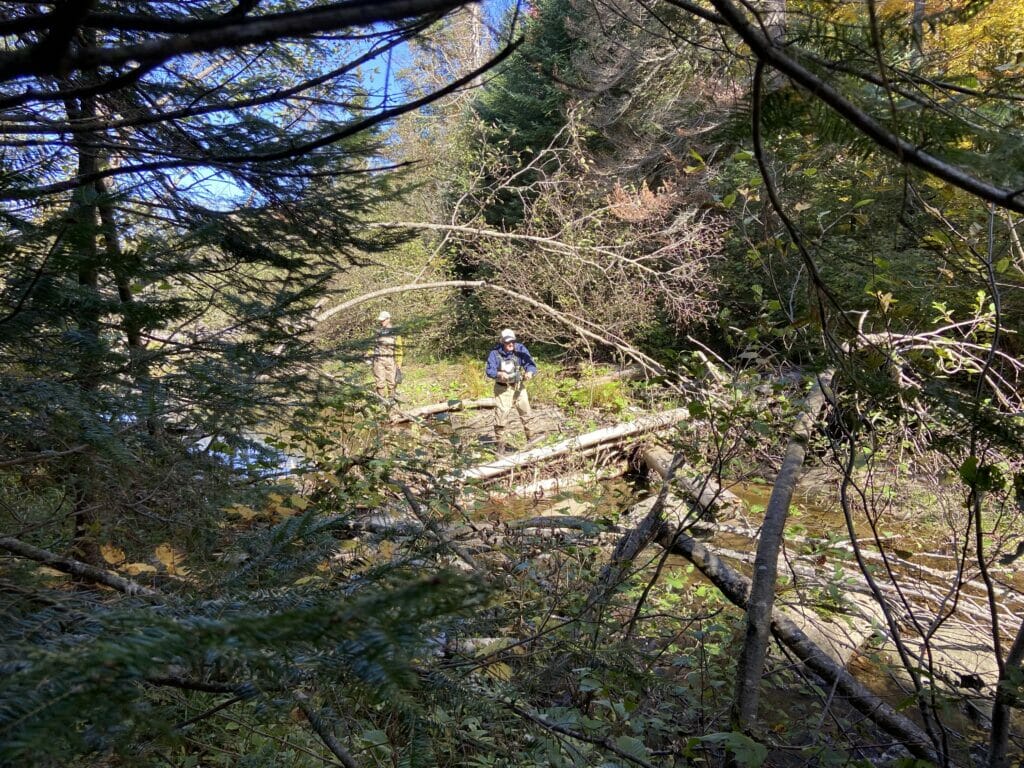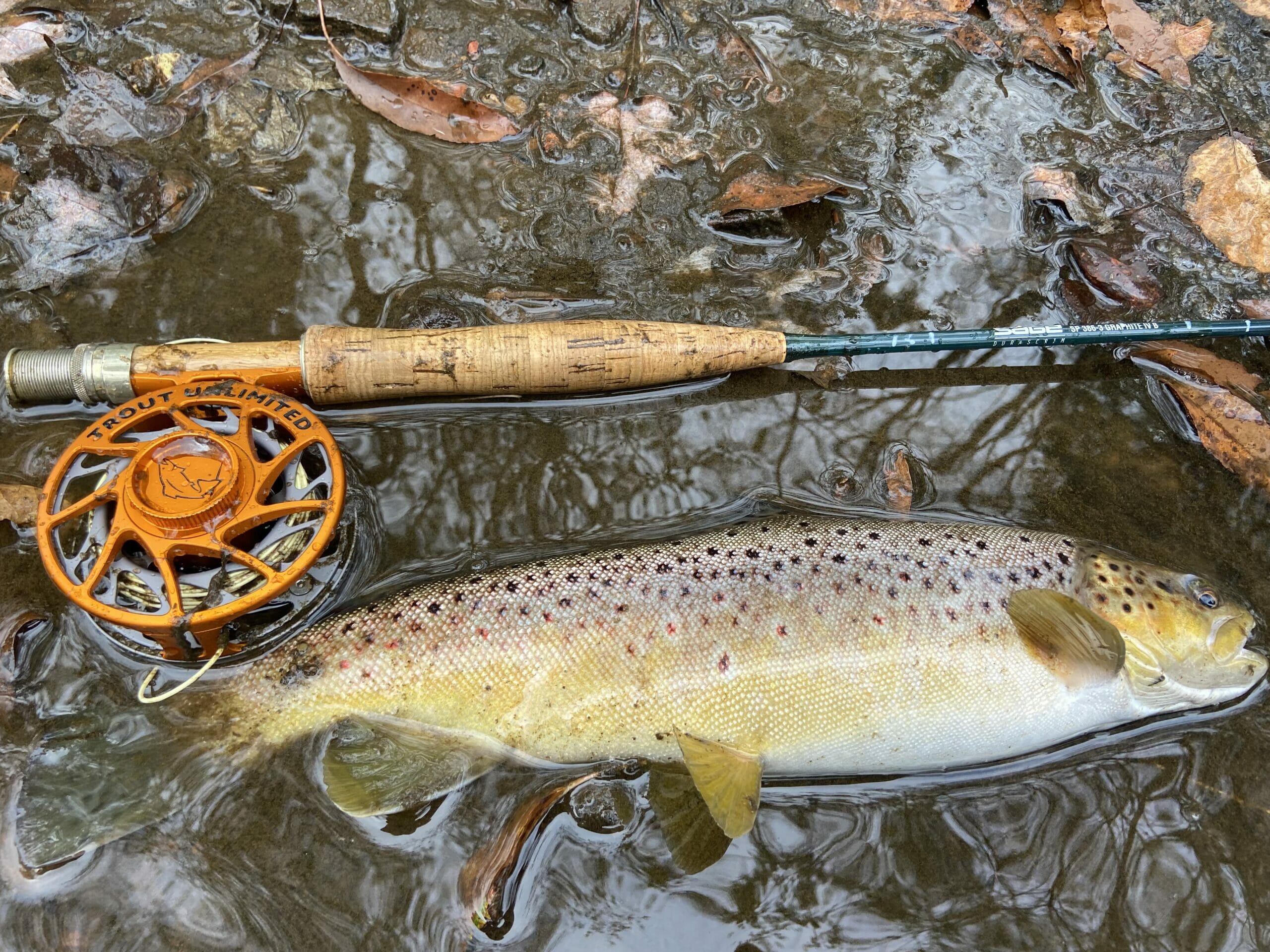Wadering up on the banks of a Pennsylvania trout stream last week I faced a dilemma.
Which rod?
I had three choices. An 8-foot 6-inch 3-weight that’s perfect for dry flies. An 11-foot 3-weight Euro nymphing rod that is perfect for, well, Euro nymphing. And a 10-foot 3-inch 3-weight that is perfect for swinging wet flies and little streamers.
Problem was, this was my first time on the stream and, although a quick look showed me the basics of the water, I wasn’t sure which approach would work best.
I opted for the Euro rig. That turned out to be not a great choice.
There were a few pockets, the kind of spots where tight-lining tung-head nymphs is a great tactic. But there were also some longer runs, including a pretty juicy one where overhanging vegetation on the shore shaded a deep slot. That would have been great for hitting the banks with a small streamer. And then there was the slick where I actually spotted a fish rising.
Using the perfect tool for the job at hand is always the best approach. But sometimes there are many different jobs at hand. Unless you want to carry a bunch of tools — fly rods, in this case — you’ve got to do the best with what you have.
Decades ago, when I first started seriously fishing for trout with fly gear, the common theory was that, if you were to have just a single fly rod, it would be a 9-foot 5-weight. It’s like the Toyota Camry of fly rods. Not really great at anything but serviceable for what most people need most of the time. So, that’s what I started with and it was just fine.
The quiver has grown substantially since then. I love those specialty rods but they do complicate things. It sure is handy when different fishing conditions require only a change in rigs and flies, not in rods and reels.
So, what do we do?
We can carry multiple rods. Easy enough on a boat, but a pain while wading. (Though I’ve done it plenty.)
Or we can carry a specialty rod and do our best when faced with different situations.

That’s what I did the other day. I worked upstream nymphing (as best I could) a quarter mile or so. At the turnaround I replaced the long Euro leader with a standard leader and tied on a small streamer, a size 8 Crystal Bugger.
Working back downstream I hit that shaded bank (as best I could) with the streamer. It wasn’t pretty, but it worked. I caught one wild brown and missed another. Could have been worse.
At the next spot, a few miles downstream, I pulled out the shorter 3-weight. It wouldn’t be perfect with the small streamer, but it would be better than trying to cast it on the level line on the Euro reel.
I walked a path upstream for a quarter mile before dropping down to the creek — and to a deep pocket that would have been perfect for Euro nymphing. I could only laugh.
I cast upstream and hopped the little Bugger through the hole. It wasn’t pretty, but it worked. A nice wild brown popped the fly.
I guess I should consider myself fortunate for being able to have quite a few rods at hand. But I do sometimes long for the simple days of the 9-foot 5-weight.
Then again, is fishing with a single rod that does a lot of things pretty well but nothing really well real any better than fishing with a single rod that does one thing really well and is just OK for everything else?
That sounds like one of those problems that an efficiency expert would like to study.
For the time being, I have no intentions of giving up my specialty rigs. But age is helping me regain more of an appreciation for simplicity, so it’s probably time to dust off that trusty Camry … I mean 9-foot 5-weight.
Which means, of course, next time I’m on a new stream I’ll have to decide among four rods instead of three.
Mark Taylor is Trout Unlimited’s eastern communications director. Not only does he have many specialty fly rods, he has many speciality spinning, casting, trolling and even ice fishing rods. And, yes, he realizes he may be a fishing rod hoarder.



